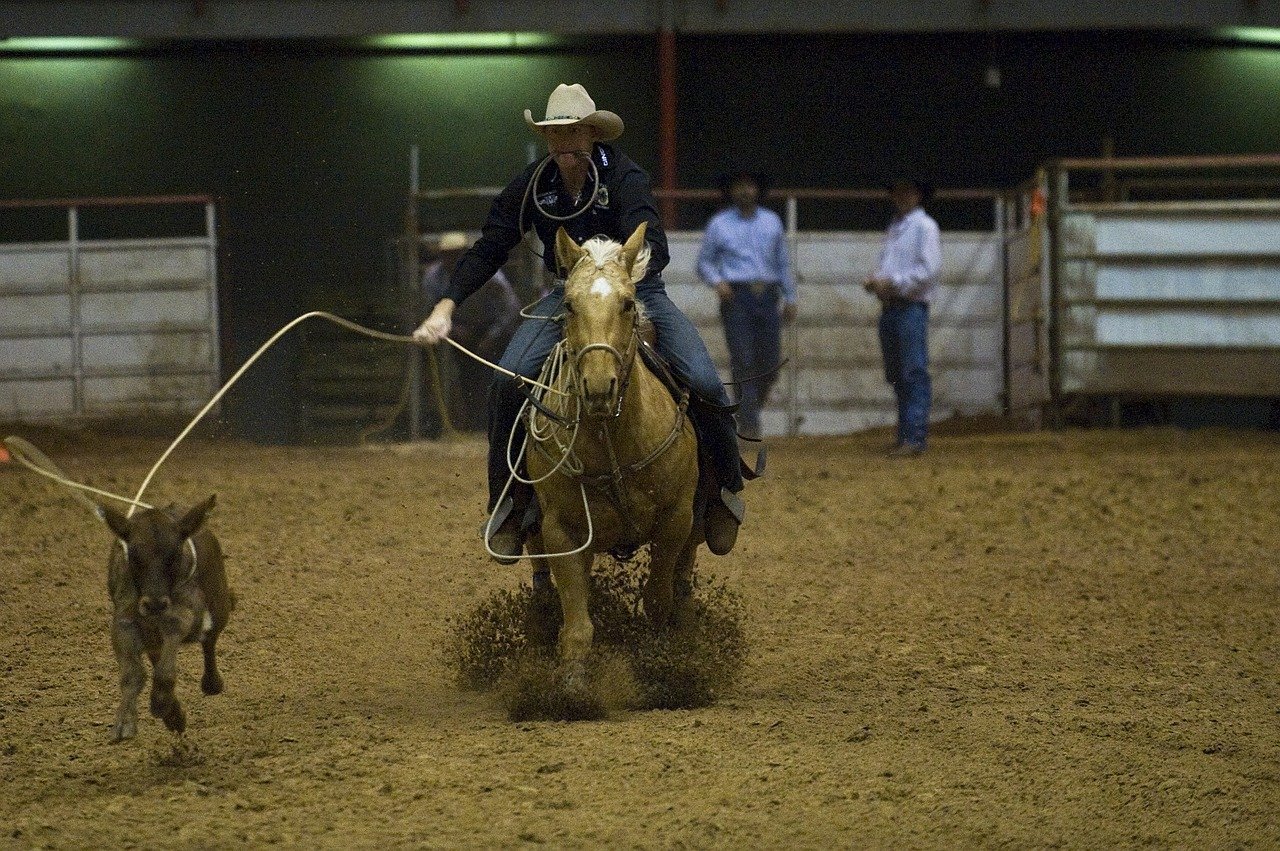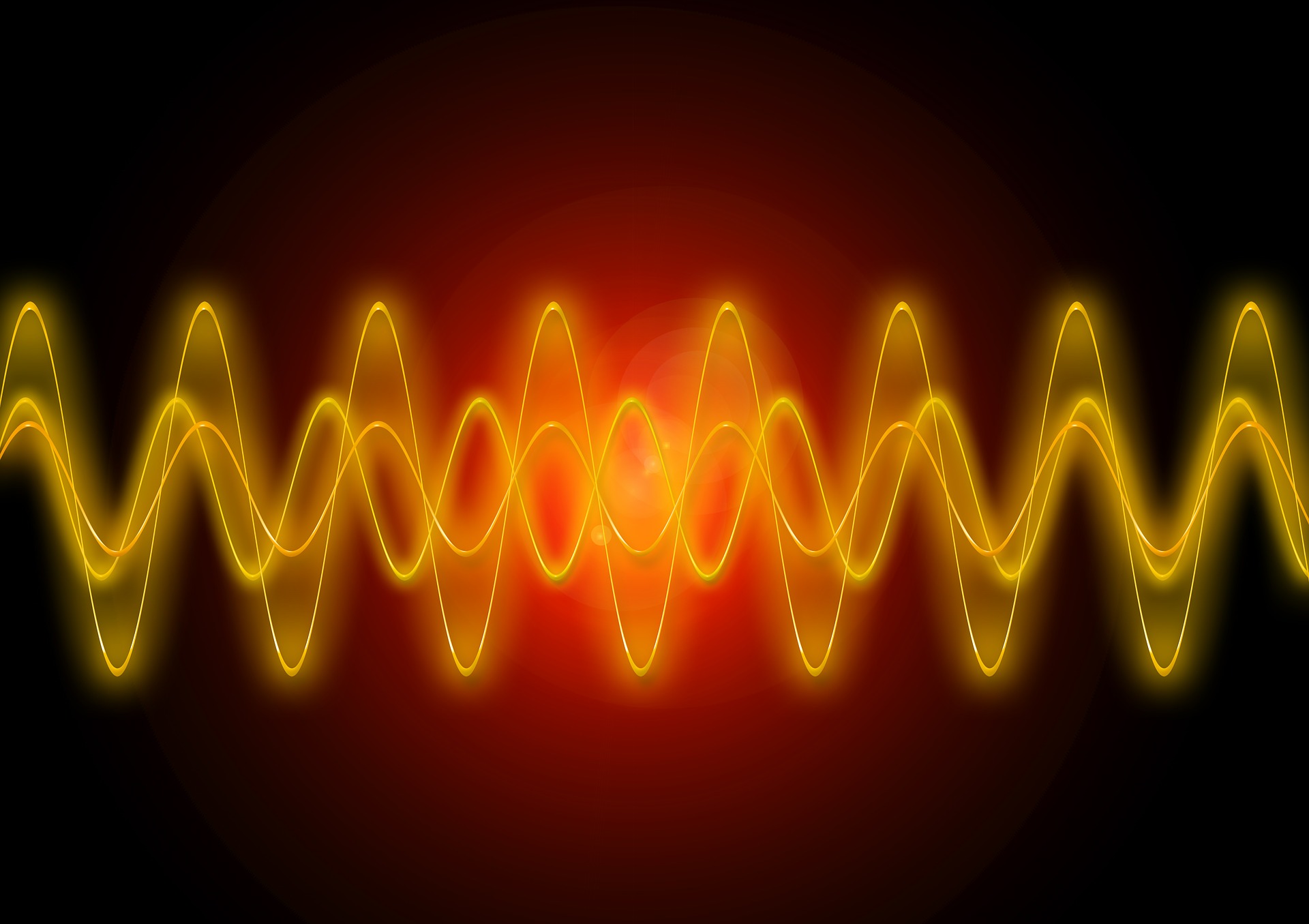I remember an interesting call I got back when I lived in Texas. I was on a troubleshooting call to a church in Southlake, Tx. They were having issues cooling down the rooms in the children's wing and they couldn't seem to figure out why. Upon checking the air handlers sure enough the discharge air set-point wasn't being met despite the cooling valve being 100% open.
I walked over to the central cooling plant and when I walked inside I could immediately tell something was wrong. There was a high pitched squealing noise coming from a pump and the chiller was repeatedly short cycling.
After looking at the secondary loop pressure, I could see that both of the secondary chilled water pumps were running at 100%. Despite this all the water flow was stuck in the primary chilled water loop and was not exiting into the decoupled secondary loop.
Fortunately, we had trends setup on the chilled water pressure sensor, water flow, and secondary chilled water loop temperatures. I looked at the trends and it looked like everything was controlling well until on one Saturday one of the pump status turned to off and when it came back on the pressure dropped by half despite both pumps running at 100%
I asked if they had done any maintenance recently and the engineer mentioned he replaced a seal on the pump. We went over to the pump and sure enough one of the isolation valves was closed on the pump and the water flow was deadheading against the pump.
If I hadn't had those trends setup who knows how long it could have taken to troubleshoot that issue.
Which is Why Are Here to Discuss...
In my previous posts we discussed valve control and economizer control. If you didn't notice we are gradually moving up the mechanical systems hierarchy.
Well, here we are now, at the end of this series and I've saved the best for last!
In this series you will learn the three main chiller failures and how to detect and troubleshoot them using trends. You will also learn how to optimize your set-points to better control your chiller plant.
Scenario Three: The Crazy Chiller
Summary:
Ah, chillers...
Nothing brings back the fond memories of controls programming like the first time I programmed a chiller. At that time I'd been in the industry a few weeks and I didn't know you had to open the isolation valves prior to turning the chiller on. I still remember the high-pitched squeal of a chiller short cycling and shutting off.
Chillers are difficult to program, there are so many variables in the timing, staging, loading and unloading of chillers that they can prove to be a challenge even to the most experienced DDC programmer.
Fortunately, you can typically narrow chiller issues down to one of three problems:
- Chilled or Condenser water flow
- Improper Staging
- Inadequate Condenser Water Temperature
In this, the final post, I am going to separate each one of these scenarios. By the end of this article you will have three different trend profiles you can apply to your central plant to detect inefficiencies.
Profile 1: Chilled or Condenser Water Flow
Points:
- Chilled Water Primary Loop Flow/Pressure
- Condenser Water Loop Flow/Pressure
- Chilled Water Secondary Loop Flow/Pressure
- Condenser Water Pump Status/ Command/ Speed
- Primary Chilled Water Pump Status/ Command/ Speed
- Chilled Water and Condenser Water Isolation Valves
Setup:
As always you need to first setup the trends.
I recommend the following setup for the trends. For any pumps and/or isolation valves I recommend that you set command and status trends to change of state.
For the pressure and flow trend I recommend you setup change of state and set the change of state at 10% of the total range. You can get the range of your pressure and flow points from your balancer or from your design drawings.
For Temperature and valve position trends I recommend you also you change of state with the change of state threshold being 10% of the total range.
For example, valve position change of value would be 10% because the valves range is 0% - 100% and 10% is 10% of 100%.
I would also recommend that all trends are dependent on the central plant being enabled.
Analysis:
You kind of need water flow to make a chiller work.
Naturally one of the first places you'd want to track in order to maintain peak chiller performance would be the water flow. So how do you do it?
Well if your balancer did your calculations correctly you should have set-points for your flow and/or pressure. Now all you need to do is setup your trends on your pressure or flow set-point, and the actual sensor point itself. In addition to this you will setup your trends on your pumps and variable frequency drives.
Ok, you got everything setup, now you just need to sit and wait. Eventually either through a bumped isolation valve or a clogged strainer something is going to impact your pressure. And guess what! Because you set trends you now how a performance profile of your chiller plants flow to refer to.
You can compare your current performance and your new performance on two separate trend graphs and you can easily determine where a potential flow issue is!
Now if you don't have set-points anymore your not out of luck.
Using the same principle you can watch your flow in real-time, and if you add three points on your air-handlers (mixed air temperature, discharge air temperature, and valve position) you can perform a poor mans Gallons Per Minute calculation and you can back into what your flow set-point should be.
Profile 2: Improper Chiller Staging
Points:
- Chilled Water Supply Temperature
- Chilled Water Return Temperature
- Chiller Load
- Average Air Handler Valve Position
Setup:
As always you need to first setup the trends.
I recommend the following setup for the trends. For the chiller load trend I recommend you setup change of state and set the change of state at 5% of the total range.
For Temperature and valve position trends I recommend you also you change of state with the change of state threshold being 10% of the total range.
For example, the valve position change of value would be 10% because the valves range is 0% - 100% and 10% is 10% of 100%.
I would also recommend that all trends are dependent on the central plant being enabled.
Analysis:
Chiller staging is one of the lost arts of DDC programming.
Do you set the chillers to stage on by load or by the delta across the chilled water supply and return?
Do you use a stage up and stage down timer or do you simply let the chillers internal controller handle that?
There are so many variables to account for and as you know from my first two articles the more variables the more room for error. On a side note I personally prefer to control chiller staging using a timer set at 5 minutes above the chilled water temperature delta to stage up a chiller and 15 minutes below the chilled water delta to stage down a chiller.
However using static thresholds is inefficient.
If you have a 1000 ton chiller running for 15 minutes before it turns off when based on historic performance it could be turned off after 7 minutes that performance cost can add up.
So how do you know how to adjust and more importantly how do you understand if you have staging issues?
First, you need to implement all the trends above.
Once that is done within a few days you will have a decent profile of how your chillers stage on and off. Now you can analyze your trends to see if there are periods where two chillers are on and either the average valve position is below 10% or the chilled water delta is below the stage down set-point.
This means that if your chillers normally stage off when the difference between chilled water supply and return is less than 4 degrees and you notice that your chillers have been running for 25 minutes at a 3 degree delta then you most likely have an inefficient stage down timer.
Using this test will help you to identify inefficient stage up and down timers and inefficient control set-points.
Profile 3: Inadequate Condenser Water Temperature
Points:
- Cooling Tower Status / Command / Speed
- Condenser Water Pump Status/ Command/ Speed
- Condenser Water Supply Temperature
- Condenser Water Return Temperature
- Condenser Water Mixing Valve Position
Setup:
As always you need to first setup the trends.
I recommend the following setup for the trends. For any pumps I recommend that you set command and status trends to change of state.
For Temperature, Valve Position, and Pump Speed trends I recommend you also you change of state with the change of state threshold being 10% of the total range.
For example, the pump speed change of value would be 10% because the pumps range is 0% - 100% and 10% is 10% of 100%.
I would also recommend that all trends are dependent on the central plant being enabled.
Analysis:
For some odd reason as I was writing this part the song "Its the Final Countdown" popped into my head. In a way it is, we are at the last analysis section of the series.
Yes flow is critical for your chillers to run and staging is critical for your chillers to handle the cooling load.
However, if you want to get that wonderful 42-44 degree leaving chilled water temperature then you need to have good condenser water control.
So how does one determine if they have good condenser water control?
Well you guessed it, you first need to setup some trends.
The trick to good condenser water control is all in the tuning. Condenser water is a tricky beast, you have potentially five variables in:
- Outdoor Air Humidity
- Outdoor Air Temperature
- Cooling Tower Fan Speed
- Condenser Pump Speed
- Mixing Valve Position.
We can't do anything about outdoor air humidity or temperature so we will focus on the other three. You now want to look at your condenser flow, are you meeting your design set-point?
If you are not then you want to look at the performance of your valve. Does your flow meet set-point as the valve shuts?
If so you may have an issue with either valve polarity or valve control. Next, we look at cooling tower staging, how long before your cooling tower comes on?
Do you have a long period where the condenser water is not at set-point before the cooling tower stages on or off?
If so you most likely have your stage on and stage off points set at the wrong values.
Now that we have dealt with valve control and cooling tower staging we can now deal with fan speed. As you know cooling towers work by utilizing the evaporative effect to cool the water before it returns to the chiller. The rate at which your fan speed ramps up or down, especially if you have dual fans, can have a profound effect on your condenser water control.
Your plan here is to evaluate your condenser water temperature and to gradually adjust the ramp rates of your fans to ensure that there are no gaps greater then a few minutes where you are off set-point by more then 3-4 degrees.
And That's a Wrap
YES! We got through this series.
If you followed along and setup your trends as recommend in the series then you now have a system that is better configured then many of the systems installed today. You also get the benefit of knowing that before you fork out $100-$500 for a service call that you can run through these scenarios to help you pinpoint any issues!
Even though I am wrapping this series up doesn't mean there aren't other scenarios to be had.
Lets see how well you retained this information. Go down into the comments and using the scenario process I showed you tell us how you would apply this to a potential BAS controls problem.
Tell us what the problem is, what points you'd use, and how you would test for your problem.
I look forward to reading about your scenarios in the comments below!





